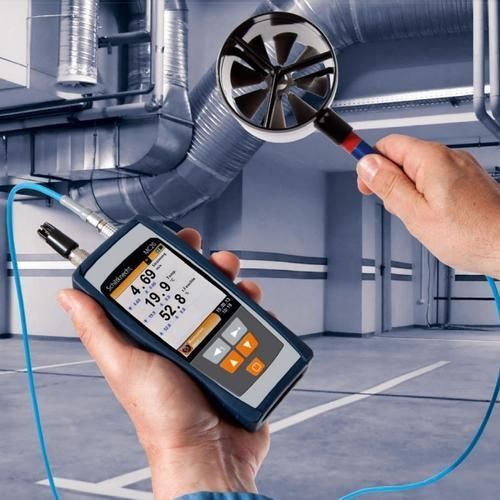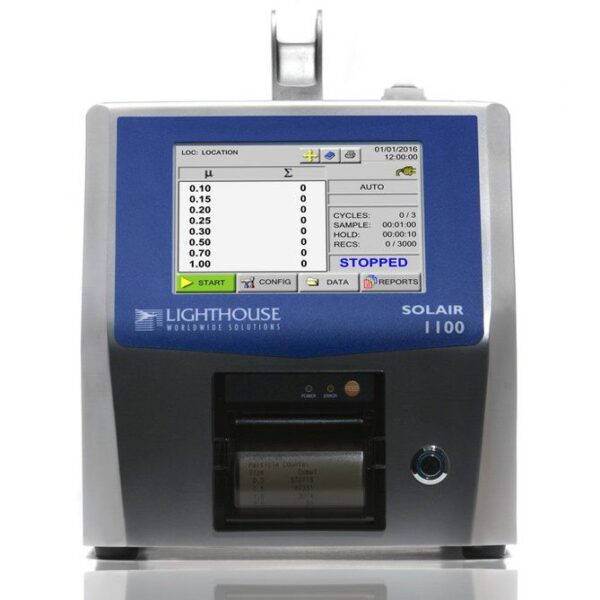

Conducting periodic air velocity tests is essential for monitoring filter attributes, particularly the uniformity of velocity across the filter and in comparison to adjacent filters. Variations in velocity can lead to turbulence, increasing the risk of contamination. For HEPA filters in critical areas, we recommend measuring velocities of unidirectional air at a distance of 6 inches from the filter face and near the work surface.
Regular velocity monitoring yields valuable data for the critical area of aseptic processing. If you identify non-uniform air velocity across a specific section of the filter or notice adverse effects on airflow patterns, we recommend replacing the HEPA filters. We specialize in performing recovery tests for clients in diverse industries, showcasing the clean room’s efficacy in removing particulate matter through the purging of the area with filtered air.
In the design of any Clean Room, HEPA filters are a vital component. GMP regulations dictate their use. In a Pharmaceutical facility, a well-designed HVAC system requires the use of HEPA filters to ensure the cleanliness and classification of specific areas.
GMP regulations and ISO 14644 guidelines mandate the periodic testing of HEPA filters to validate their efficiency and integrity. Over time, HEPA filters can experience a decline in efficiency due to clogging, become ineffective due to improper installation, or sustain damage such as holes or rips during installation or maintenance activities in the plant. To ensure the integrity of HEPA/ULPA filters and comply with relevant standards and governing agency requirements, we recommend conducting filter testing and evaluation at least twice a year. Proper documentation and certification also help predict potential performance issues and increase filter life.



Aerosol particle counters play a crucial role in assessing air quality by quantifying and sizing particles present in the air. This information is valuable for determining particle concentration in a specific area or the surrounding ambient air. It is particularly useful in evaluating the level of cleanliness within controlled environments. Industries such as semiconductor manufacturing, biotechnology, pharmaceuticals, disk drive production, aerospace, and other fields that demand stringent environmental control extensively utilize cleanrooms, where aerosol particle counters find one common application. Cleanrooms adhere to specific particle count limits, and aerosol particle counters are employed to test and classify cleanrooms according to predefined standards, ensuring their compliance with the desired cleanroom classification. Our services include comprehensive airborne particle count cleanliness classification tests; During testing, we perform the particle count test to determine the actual level of particle count within the facility, whether it is during the As-Built, At-Rest, or Operational phase.
The airflow parallelism test serves the purpose of illustrating the true airflow pattern within the unidirectional cleanroom, as well as highlighting any airflow disruptions caused by equipment. It is essential to conduct this test after completing all airflow velocity, uniformity, and room pressurization tests.
